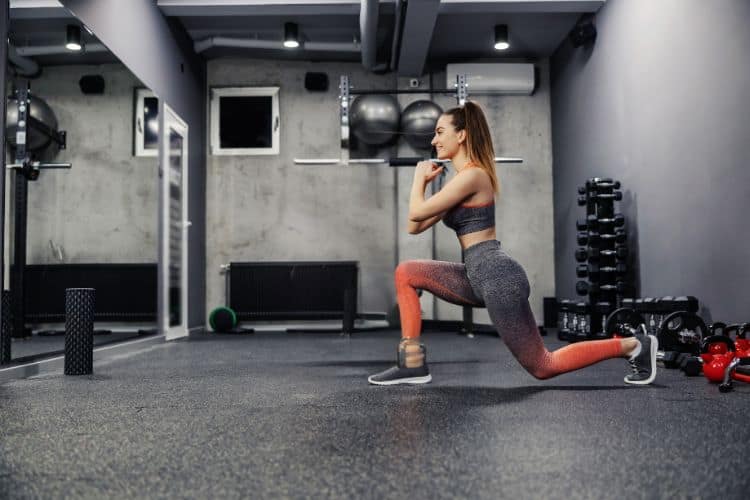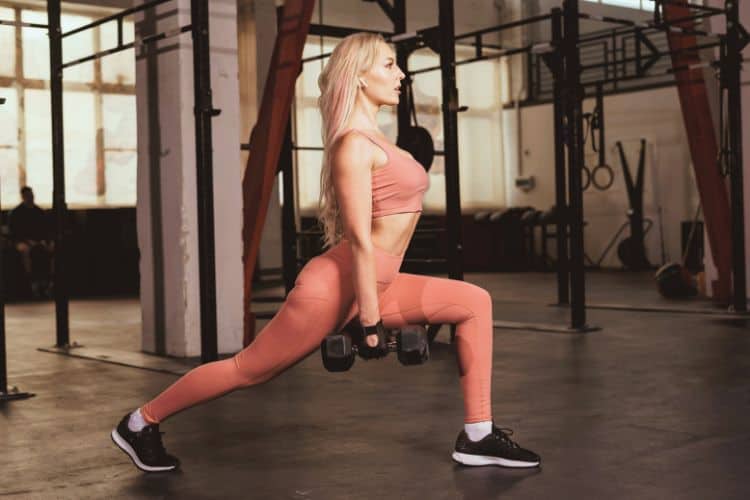Sign up for workout ideas, training advice, reviews of the latest gear and more.






High-Intensity Interval Training (HIIT) has emerged as one of the most efficient and time-saving ways to burn fat, build endurance, and boost metabolism. A 35-minute HIIT workout strikes a perfect balance between intensity and sustainability, making it ideal for busy individuals who still want maximum results. In this guide, we’ll dive into the benefits, structure, and examples of effective 35-minute HIIT routines to help you get leaner, stronger, and more energized.
HIIT is a training method that alternates between short bursts of intense effort and periods of rest or low-intensity activity. The goal is to push your body close to its limits during the work phases, which leads to greater calorie burn and cardiovascular gains in a short amount of time.
Many people assume longer workouts are better, but the 35-minute mark is a sweet spot. It’s long enough to include a warm-up, multiple rounds of high-intensity intervals, and a cool-down, without leading to overtraining or time burnout. With a properly designed HIIT plan, 35 minutes can torch calories, boost metabolism through EPOC (excess post-exercise oxygen consumption), and improve cardiovascular health—all without stepping foot in a gym.
Incorporating 35-minute HIIT sessions into your weekly routine offers a range of health and fitness benefits:
HIIT is well-known for its fat-burning capabilities, thanks to its ability to keep your heart rate elevated and promote afterburn. A 35-minute session can burn anywhere from 300 to 600 calories depending on the intensity, exercise selection, and your body composition.
By pushing your heart rate during intense intervals and allowing recovery during rest periods, HIIT improves your VO2 max and cardiovascular capacity faster than traditional steady-state cardio.
HIIT stimulates EPOC, meaning your body continues to burn calories long after the workout ends. This is especially beneficial for those aiming to lose weight or maintain a lean physique.
Unlike long-duration cardio that can break down muscle, HIIT preserves lean mass. Incorporating bodyweight or resistance-based HIIT exercises ensures both fat loss and muscle tone.
Many 35-minute HIIT workouts can be performed using just your bodyweight. This makes them perfect for home workouts, travel, or those on a budget.
A well-designed 35-minute HIIT session should include:
| Component | Duration | Purpose |
|---|---|---|
| Warm-Up | 5 mins | Prep muscles and elevate heart rate |
| Intervals | 25 mins | High/Low-intensity training |
| Cool-Down | 5 mins | Lower heart rate and promote recovery |
Below are different 35-minute HIIT workout routines tailored to various goals—fat loss, strength, endurance, or full-body conditioning.
Warm-Up (5 minutes):
Main Workout (25 minutes):
Perform each move for 40 seconds on, 20 seconds off. Complete 5 rounds with 1-minute rest between rounds.
Cool-Down (5 minutes):
Warm-Up (5 minutes):
Main Workout (25 minutes):
Circuit Style – 3 rounds. 45 sec work / 15 sec rest.
Cool-Down (5 minutes):
Warm-Up (5 minutes):
Main Workout (25 minutes):
Tabata format (20 sec work / 10 sec rest x 8 rounds per pair)
Cool-Down (5 minutes):
Warm-Up (5 minutes):
Main Workout (25 minutes):
Perform 4 sets of 6 exercises: 40 sec on / 20 sec rest.
Cool-Down (5 minutes):
Don’t sacrifice form for speed. Good technique prevents injury and ensures you target the right muscles.
Use a HIIT timer or app like Seconds, Tabata Pro, or Fitify to track work/rest intervals efficiently.
Hydrate before and after your workout, and take small sips during longer sessions if needed.
HIIT is scalable. Beginners can reduce work intervals (e.g., 30s on/30s off), while advanced users can increase duration or add resistance.
Perform HIIT workouts 3–4 times per week for optimal results. Pair them with active recovery days or light strength training.
Jumping straight into high-intensity intervals without preparing your joints and muscles increases injury risk.
Doing HIIT every day can lead to fatigue and burnout. Your body needs time to recover and repair.
Not stretching or cooling down properly can result in tightness, DOMS (delayed onset muscle soreness), and reduced mobility.
Monitor reps, heart rate, or total rounds completed to measure improvement and keep workouts challenging.
While bodyweight-only HIIT is incredibly effective, adding minimal equipment can increase challenge and variety.
Absolutely. If your goal is to lose fat, improve fitness, or boost metabolic health, a 35-minute HIIT session done right can be more effective than longer, moderate-paced workouts. With the right plan, discipline, and consistency, you can transform your body and energy levels—all in under 40 minutes a day.
HIIT’s versatility allows you to tailor it to your fitness level, goals, and environment—whether you’re a beginner working out at home or a seasoned athlete in the gym. The key is intensity, not duration.
| Day | Focus |
|---|---|
| Monday | Full-Body Fat Burn |
| Tuesday | Active Recovery (Walk or Yoga) |
| Wednesday | Cardio Endurance HIIT |
| Thursday | Strength-Based HIIT |
| Friday | Core & Conditioning |
| Saturday | Mobility + Light HIIT |
| Sunday | Rest |
35-minute HIIT workouts are a powerhouse option for anyone seeking maximum results in minimal time. These short, sharp bursts of activity not only burn serious calories but also reshape your body, enhance endurance, and improve cardiovascular health. Whether you have access to equipment or just your bodyweight, the potential for transformation is immense.
Don’t let a busy schedule hold you back—35 minutes is all it takes to start seeing real change. Commit, sweat, and push hard—you’ve got this!
Stay consistent, challenge your limits, and reap the rewards of efficient, high-powered training. HIIT is your shortcut to a fitter, stronger, leaner you.
Want more workout and video guide?
Follow us on Pinterest Subscribe to our blog and Stay tuned for FREE downloadable of our App coming soon!
Stay up to date on the latest women’s health, fitness and lifestyle trends and tips.